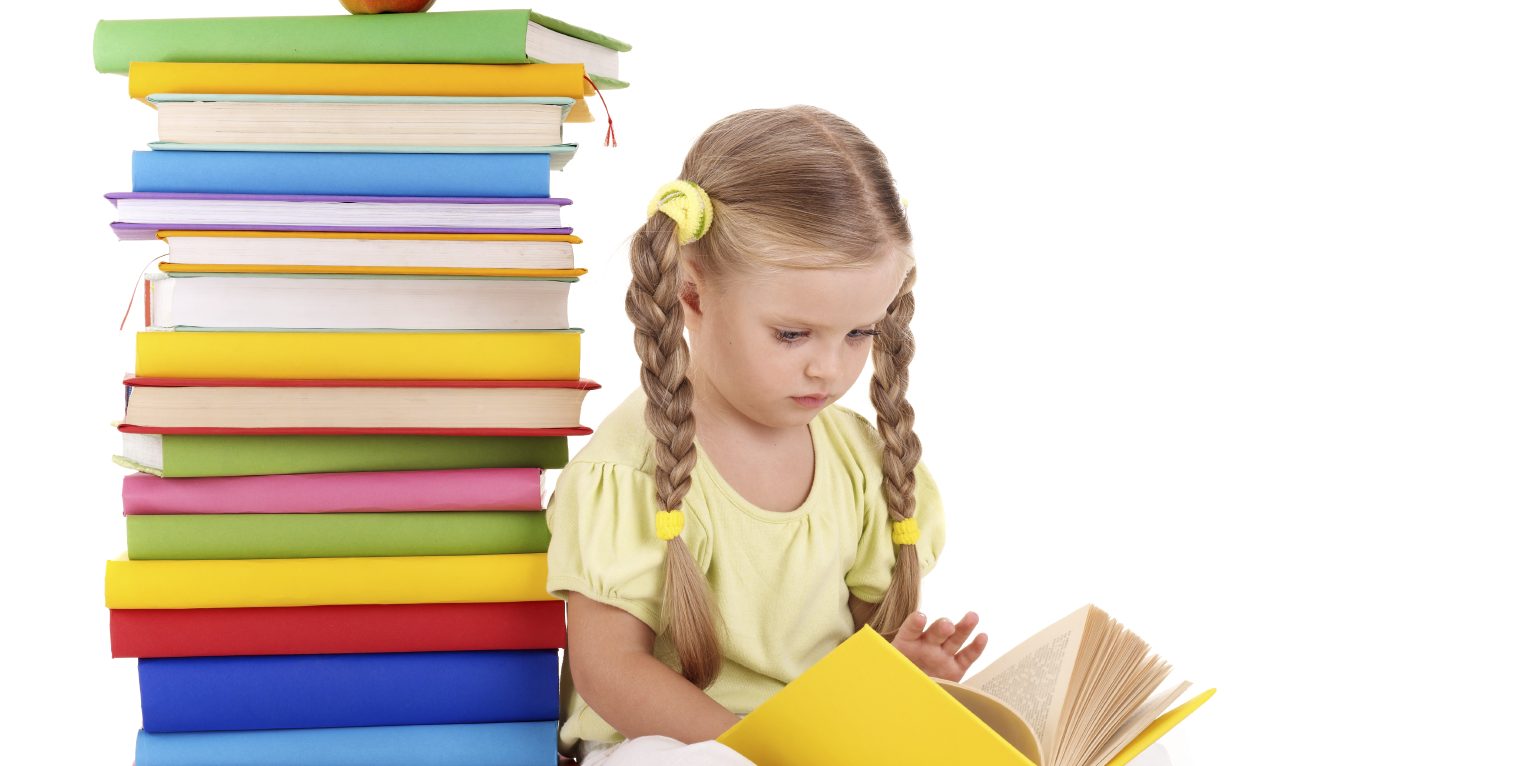By Bridget Edmonds
The Content Conundrum: How do I find age-appropriate books for my advanced reader?
When I first started working at SVdP, one of the things that immediately stood out to me was the strong culture of reading that exists in the classrooms and homes of our students. It’s one of my favorite parts about our school. As the librarian, however, it makes my job, all at once, easy and difficult.
Our school is brimming with students reading far above their grade level. They are voracious readers who gobble up books and return to the library multiple times a week, eager to share their favorite part of the story, get my take on the surprise ending, and, of course, find their next read. Their quick pace, however, soon results in them exhausting our library’s selection of books that both challenge their reading skills and are appropriate for their young age. This is an issue I’ve come to call “The Content Conundrum.”
Typically, I am able to scrounge up a new book or two that fits the criteria; however, with such active readers, this often feels like more of a band aid than a true solution. So you can imagine my excitement when I was given the opportunity to attend a conference last December with veteran school librarian and former American Association of School Librarians President, Terri Grief.
As soon as Ms. Grief finished her presentation and opened the floor up for questions, I raised my hand and asked if she had a list of books she suggests for young students that read at a high level.
“I hate that question,” she said flatly, an inscrutable look on her face.
I began stammering, hoping that perhaps if I rephrased the question, she would better understand.
“It’s just that at my school, we have all of these students who read way above their grade level, and I want to find books for them to read that will continue to push them, but all of the books with a reading level that are high enough to challenge them tend to written for an older audience and I—“
“I’m only kidding,” she said, smiling.
I sat back in my chair, relieved to know I hadn’t violated some unspoken librarian taboo I didn’t know about.
“When it comes down to it,” she continued, “very few books with a high Lexile level contain subject matter appropriate for young students, so I believe that instead of limiting children to the small selection of books that meet that criteria, we should try to develop them as well-read.”
The more Ms. Grief explained her position, the more I agreed with her. Books are more than tools for increasing children’s reading levels. They help children develop empathy, serve as a mirror to help them better understand themselves, and act as a window into places they might not otherwise see. They model virtues and encourage imagination. Ms. Grief offered several ideas about how to keep an active reader stimulated and excited about books.
Create a List
For the competitive child, Ms. Grief suggested using an ambitious “to-read” from one of the many educational enrichment websites that do the heavy lifting of compiling extensive lists for young advanced readers. These resources publish book lists that allow parents and students to identify material that stretch a child’s reading quantity without sacrificing quality. Websites such as Common Sense Media and Bookopolis are great starting points for creating such a list.
Support a Spirit of Inquiry Through Different Genres
Ms. Grief also suggested supplementing your child’s fictional preferences with nonfiction texts, which tend to be more technical and consist of higher-level vocabulary. This approach is also a great way to encourage a child’s pursuit of his or her natural curiosity.
Encourage Deep Thinking
When it comes to fiction, books of all reading levels typically involve a character grappling with complex social and ethical problems. Encourage your child to dive deeper in their thinking about a text by evaluating characters’ decisions and analyzing the outcomes. Keeping an open conversation with your child about his or her free-read books also offers you the opportunity to ensure they properly understand the conflicts a book presents and is likely to lengthen the time your child spends engaging with the text. This approach can stretch a book from a few day read to a few week exploration of the complexities, challenges, and lessons of the text, and will help a student develop the type of critical thinking that’s so crucial to their long-term academic success.
Ms. Grief’s comments, as well as discussions I have had with other seasoned educators on this topic, have significantly impacted both what I choose to add to our library’s collection and how we use the selection already available on our shelves. Using funds raised from the Barnes & Noble Book Fair, we’ve purchased new books that meet a variety of interests and genres, including memoirs, non-fiction narratives, verse novels, and graphic novels, in addition to new and engaging fiction books with diverse characters and settings.
Furthermore, our recent revamping of the Accelerated Reading program, which you may have read about a few months ago, encourages students to take ownership of their reading choices and encourages students to step outside of their reading comfort zone by incentivizing students to read authors and genres that are new to them. In addition to their Accelerated Reader work, students are engaging with new and unfamiliar genres and authors through their library curriculum as well. In their current unit, our fourth and fifth grade classes are expanding their reading repertoire by completing non-fiction research projects and a verse novel study, respectively, in their library class.
It’s also important to remember that your child will always be working with challenging fiction and non-fiction texts in their classes at SVdP. The books your child checks out from our library should be ones that help him or her grow on their own terms by allowing them to choose the authors and topics that most interest them. I am so encouraged by my work in the library because I believe students’ ability to be active participants in choosing their supplemental reading fosters their love of lifelong reading and learning.






